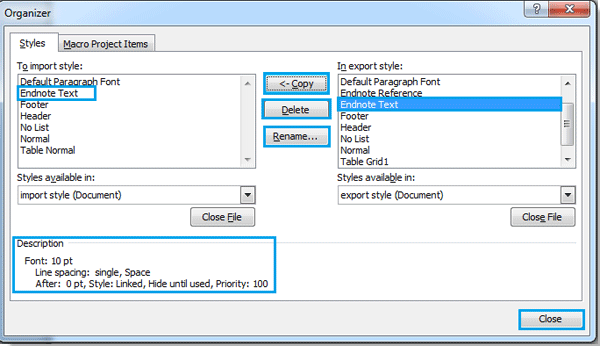

While there are standard locations for template files on Windows and Mac devices, you can save a template file anywhere you like.

Add content controls and customize the main tabs and toolbars.Start with building blocks if you need reusable pieces of content, such as a header or footer.Microsoft has pretty extensive documentation. Note that you can do this on desktop versions of Microsoft Word, but not the web app.


When it comes to editing a template and resaving it as a new template, there are a few more steps. When it comes to basic editing, start with an open document. Once you know how Word templates work, you’re ready to edit an existing template or create your own and save it for your team or clients. Edit, save, print, track changes, and more. This is a common practice with company templates such as letterhead, so that the original is not alerted inadvertently.įrom there, you use a Word template just like you would with any other document. If that is the case, you’ll have to use the “Save As” option to save the file and make changes. Note that some Word templates may be set as read-only by your system administrator. There’s no need to insert a template into a Word file because it is already there. See Use templates.The great thing about Word templates is that as soon as you open the file, it is ready to use. For example, if you like the text styles, colors, and layout of the School Newsletter template, but you want the design flexibility of a page layout document, you can convert the document to page layout. If you begin a document with one type of template, you can convert the document to the other type. The way you add or delete pages, work with objects, and more depend on the type of template you choose. Pages templates are designed for either word processing or page layout. When you open a page layout document (or template), there is no body text area to add text you need to add a text box and type in it. A page layout document is like a canvas that you add text boxes, images, and other objects to, then arrange the objects on the page however you like. Page layout: Used to create documents with a more custom design, like newsletters, books, or posters. You can also add images, charts, and other objects. If you want to add text that’s separate from the main body text, you can add a text box. When you open a word-processing document (or template), you can just start typing. These documents have a body text area where you type, and the text flows from one page to the next, with new pages created automatically when you reach the end of the page. Word-processing: Used to create documents that include mainly text, like reports or letters. Before you choose a template to get started, decide which type of document you want to create: Pages is a word-processing and page layout app rolled into one. Intro to word-processing and page layout documents in Pages on Mac


 0 kommentar(er)
0 kommentar(er)
